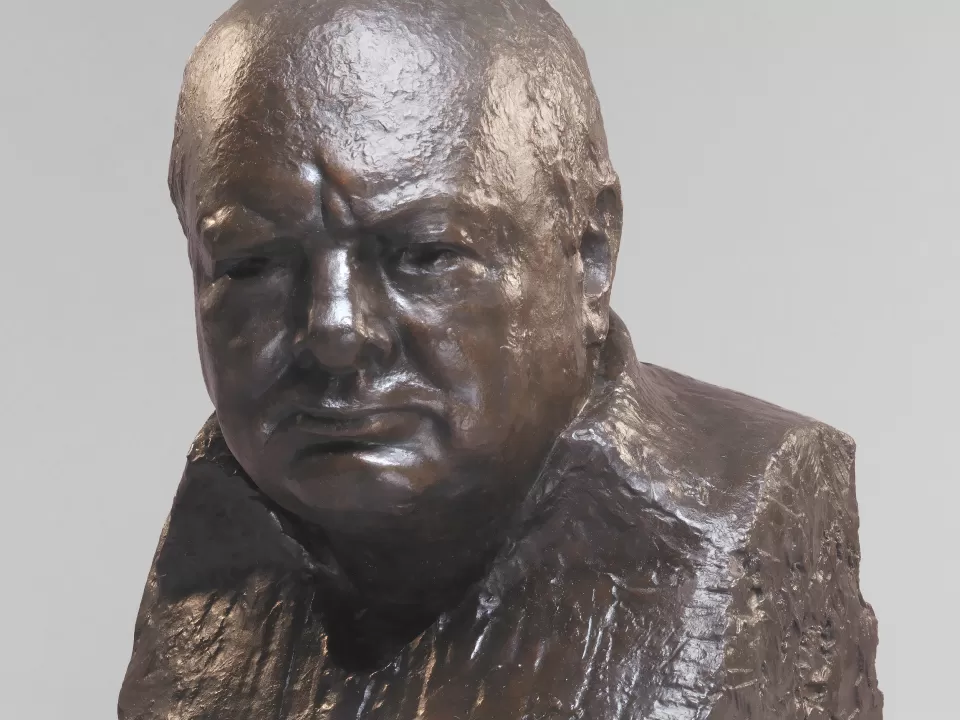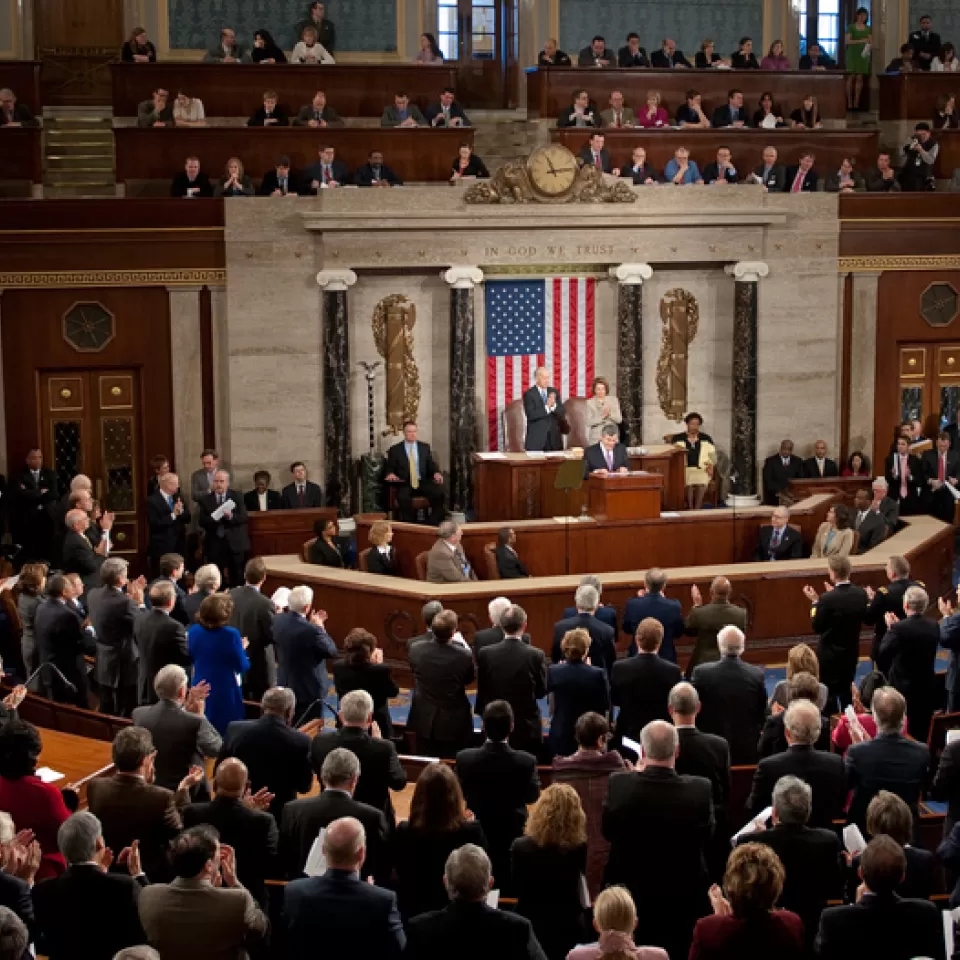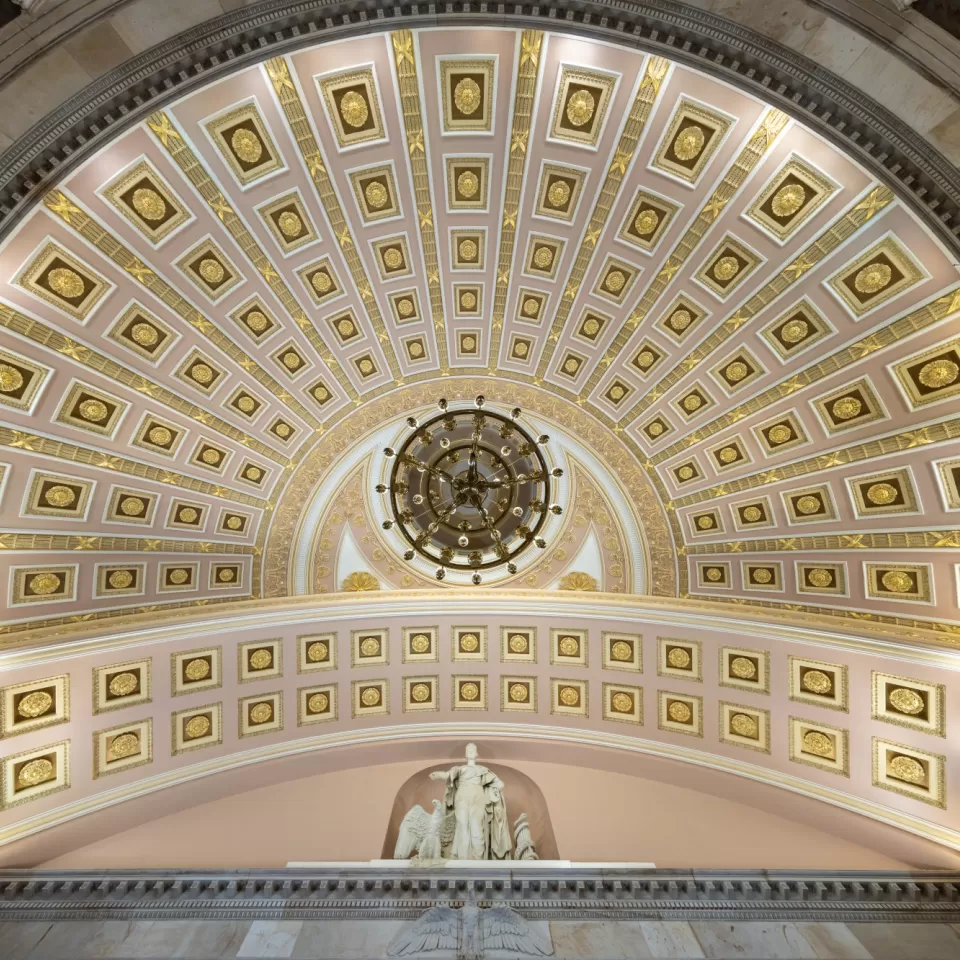
Highlight
Sir Winston Churchill Bust
The bust of Sir Winston Churchill is the third estate cast made from a life model that was created in the 1950s. The tributes carved on the pedestal are "Statesman, Honorary U.S. Citizen, Defender of Freedom."
Image Gallery





House Wing



